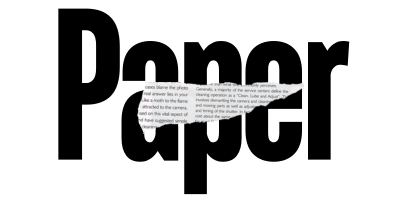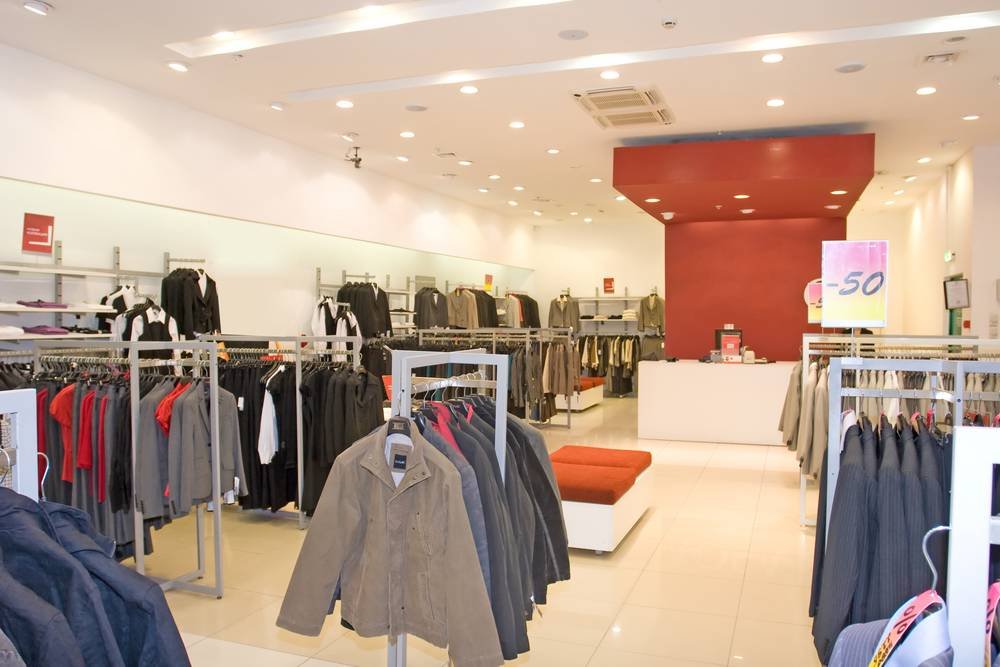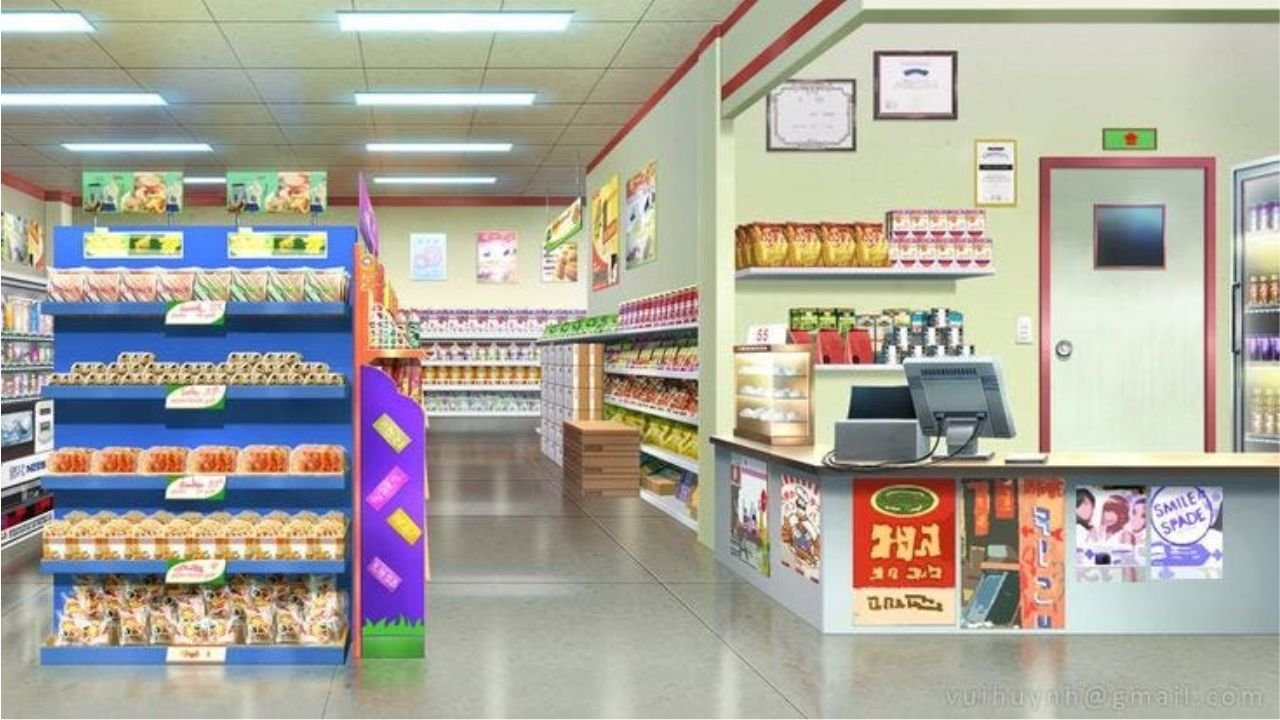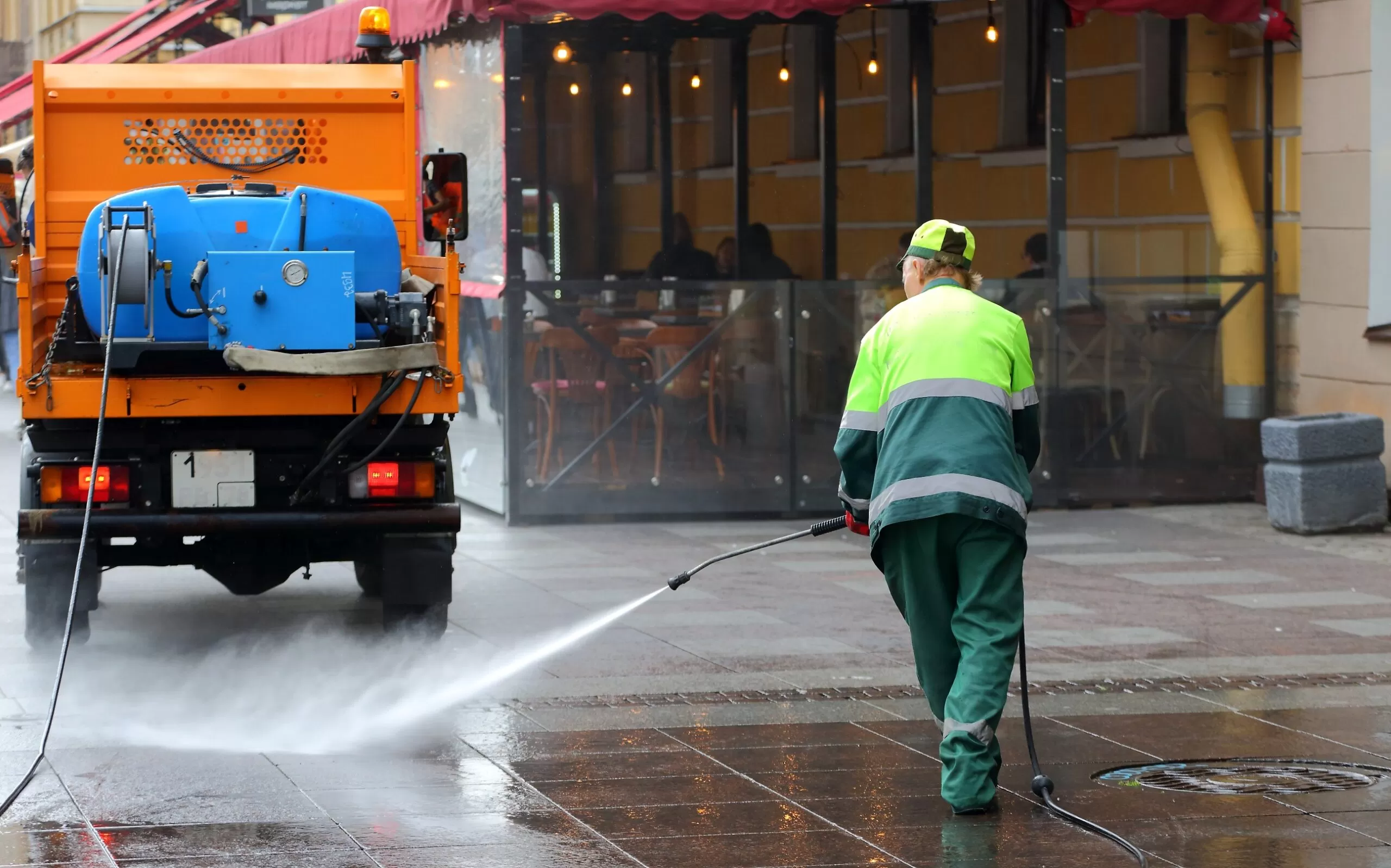In today’s competitive retail environment, the success of a store often hinges on its ability to capture customer attention and enhance the shopping experience. A well-thought-out store layout plays a crucial role in driving sales, encouraging impulse buys, and fostering brand loyalty.
The Importance of Strategic Placement
The first impression a customer gets upon entering a store is vital. By strategically placing high-demand or seasonal products near the entrance, retailers can immediately engage customers. A well-positioned product can set the tone for the entire shopping experience, making customers more likely to explore other sections of the store.
Using Signage and Displays Effectively
Signage and displays are key tools in guiding customers through the store. Effective signage not only directs customers but also highlights promotions and special offers. Similarly, the use of eye-catching displays, such as cardboard pop displays, can significantly enhance product visibility. These displays are particularly useful for new or featured products, drawing attention and encouraging purchases.
Creating Flow and Space
A successful store layout balances the need for flow with the need for space. Aisles should be wide enough to accommodate shoppers, yet not so wide that they feel empty or underutilized. The layout should naturally guide customers through the store, encouraging them to explore different sections and discover new products. This can be achieved by strategically placing popular products at the back of the store, ensuring that customers pass by other items on their way there.
The Role of Technology
Technology is increasingly playing a role in optimizing store layouts. Retailers are using data analytics to understand customer behavior, identifying the most popular areas of the store and the products that attract the most attention. This data can then be used to adjust the layout, ensuring that high-interest products are placed in the most visible locations.
Adapting to Customer Preferences
Retailers must remain flexible and responsive to changing customer preferences. This means regularly updating the store layout to reflect new trends, seasonal changes, and customer feedback. By staying attuned to what customers want, retailers can create a shopping experience that is both enjoyable and profitable.
Conclusion
A strategic store layout is a powerful tool for maximizing retail success. By carefully considering the placement of products, the use of signage and displays, and the flow of the store, retailers can create an environment that not only attracts customers but also encourages them to buy. As the retail landscape continues to evolve, those who invest in optimizing their store layout will be best positioned to thrive.











